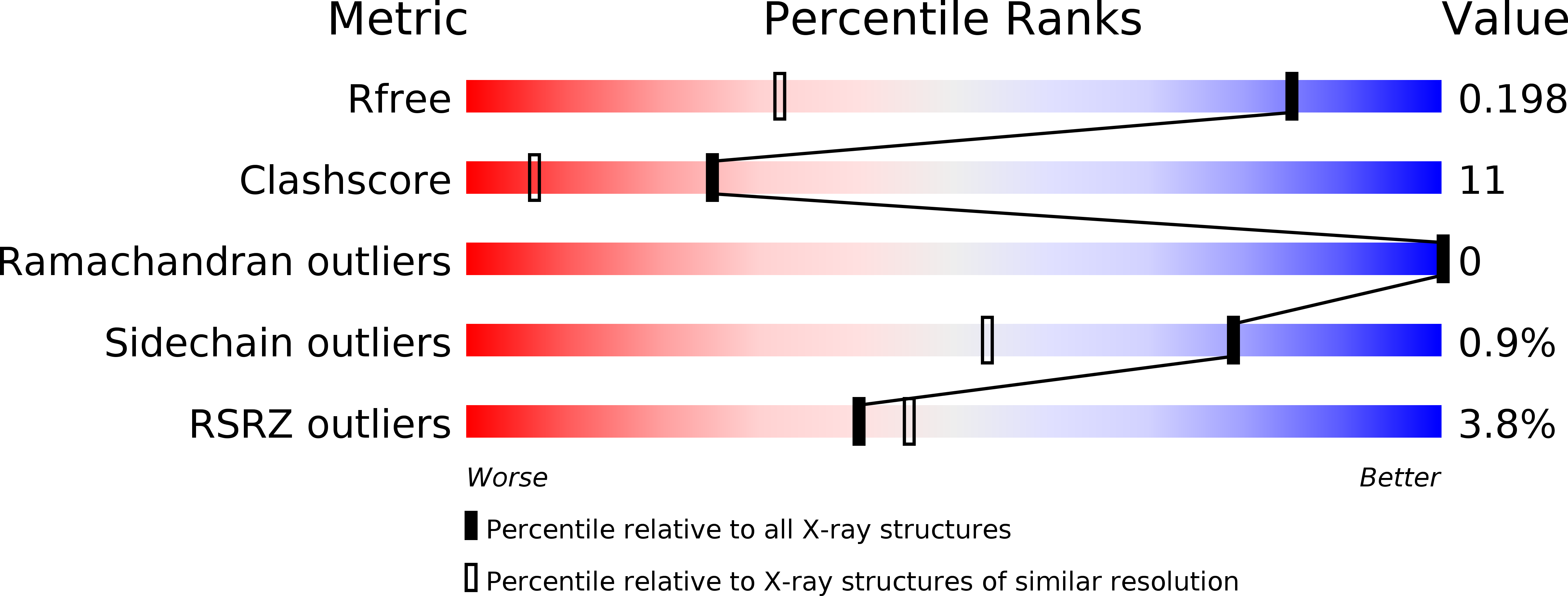
Deposition Date
2002-06-10
Release Date
2002-08-28
Last Version Date
2024-05-22
Method Details:
Experimental Method:
Resolution:
1.35 Å
R-Value Free:
0.20
R-Value Work:
0.17
R-Value Observed:
0.18
Space Group:
C 2 2 21


